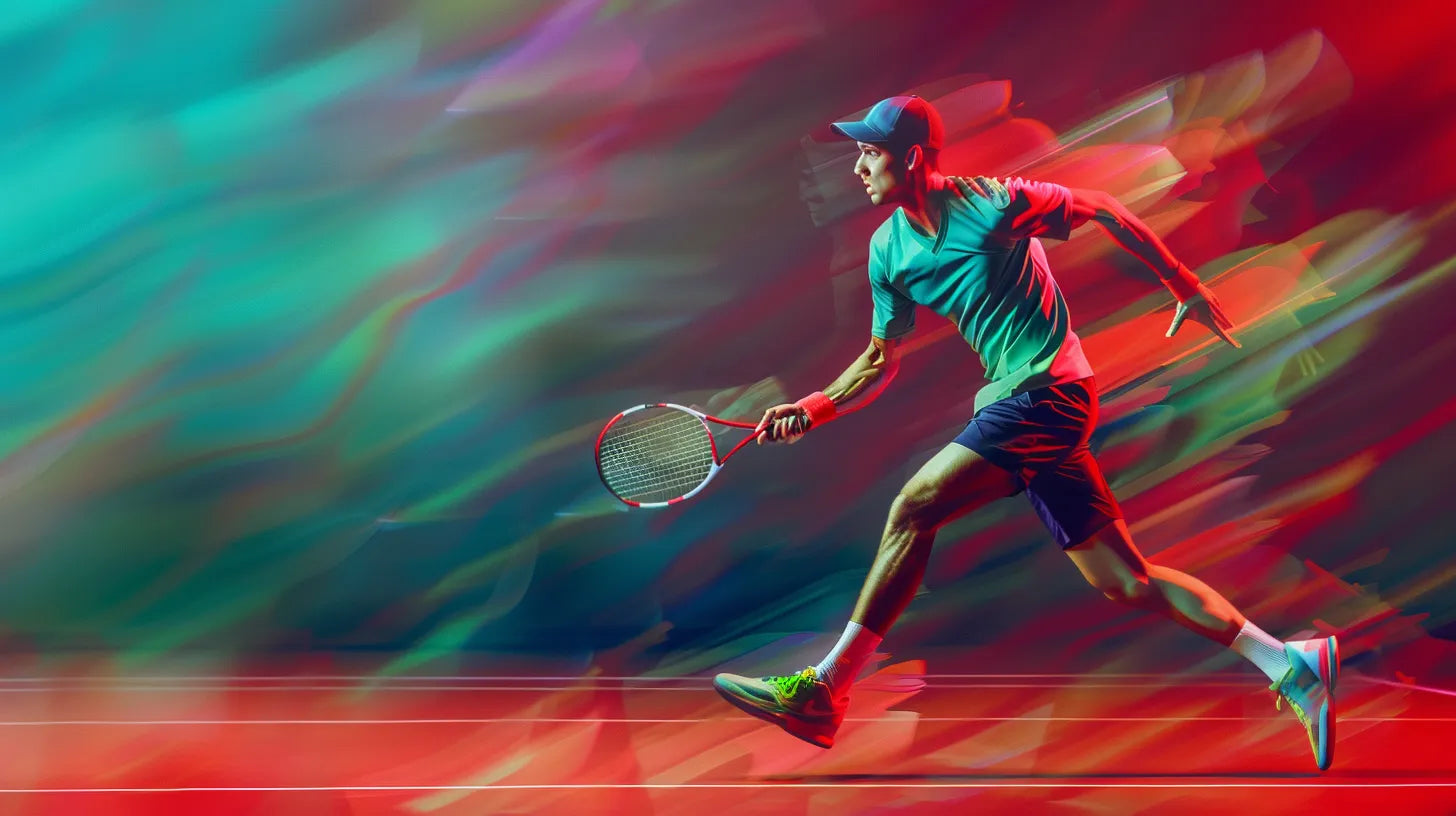
Improve Your Balance and Coordination for Racket Sports
Why Balance and Coordination Matter in Racket Sports
Balance and coordination are two crucial skills that can make a significant difference in your performance in racket sports. Whether you play tennis, badminton, squash, or table tennis, having good balance allows you to move efficiently around the court, reach shots with ease, and maintain control during rallies. Excellent coordination enables you to execute precise shots, react quickly to your opponent's moves, and seamlessly transition between different strokes.
Improving your balance and coordination not only enhances your technical abilities but also reduces the risk of injuries. When you have better control over your body movements, you are less likely to strain muscles or lose your footing during intense matches. Incorporating balance and coordination exercises into your training routine can lead to noticeable improvements in your overall game.
Simple Exercises to Improve Balance
Enhancing your balance doesn't require complex equipment or extensive time commitments. Here are some simple exercises you can do at home or at the gym to improve your balance:
- Single-leg stands: Stand on one leg for 30 seconds, then switch to the other leg. Gradually increase the duration as you become more comfortable.
- Heel-to-toe walks: Walk in a straight line, placing the heel of one foot directly in front of the toes of the other foot. Take 10-15 steps forward, then turn around and walk back.
- Balance board exercises: Use a balance board or wobble board to challenge your stability. Start with basic balancing and progress to more dynamic movements like squats or single-leg stands.
- Yoga poses: Incorporate balance-focused yoga poses like Tree Pose, Warrior III, or Half Moon into your routine to improve both balance and flexibility.
Coordination Drills for Racket Sports
To enhance your coordination specifically for racket sports, try these drills:
- Wall rallies: Stand close to a wall and hit the ball against it repeatedly, alternating between forehand and backhand strokes. Focus on maintaining a consistent rhythm and accurate ball placement.
- Figure-eight volleys: Using two balls, volley them in a figure-eight pattern, passing them from one hand to the other. Start slowly and gradually increase the speed as you become more comfortable.
- Footwork ladders: Use an agility ladder to practice quick and precise footwork. Perform various patterns, such as single-leg hops, lateral shuffles, or in-and-out steps.
- Multiball training: Have a partner or coach feed you balls rapidly from different angles and depths. React quickly and focus on maintaining proper form and balance throughout the drill.
Integrating Balance Training into Your Routine
To see the best results, incorporate balance and coordination exercises into your regular training schedule. Aim to dedicate at least 10-15 minutes, two to three times a week, to specific balance and coordination drills. As you become more proficient, gradually increase the difficulty and duration of the exercises.
Remember to warm up properly before engaging in any balance or coordination training to reduce the risk of injury. Start with basic exercises and progress at a pace that feels comfortable and challenging without compromising your form or technique.
Complementary Training for Better Balance
In addition to targeted balance and coordination exercises, engaging in complementary training can further enhance your skills. Consider incorporating these activities into your routine:
- Core strengthening exercises: A strong core is essential for maintaining balance and stability. Include exercises like planks, Russian twists, and bicycle crunches to target your abdominal and oblique muscles.
- Plyometric training: Plyometric exercises, such as box jumps, lateral bounds, and skater hops, help develop explosive power and improve your ability to change directions quickly on the court.
- Yoga or Pilates: These practices not only improve balance and coordination but also increase flexibility, body awareness, and mental focus, all of which are beneficial for racket sports.
By dedicating time to balance and coordination training, you'll notice significant improvements in your movement efficiency, shot accuracy, and overall performance on the court. Whether you're a beginner looking to build a strong foundation or an experienced player seeking to refine your skills, prioritizing balance and coordination will take your game to new heights.
So grab your racket, lace up your shoes, and start incorporating these balance and coordination exercises into your training routine. With consistency and practice, you'll be moving around the court with grace, precision, and unshakable stability, ready to outmaneuver your opponents and dominate the game.









